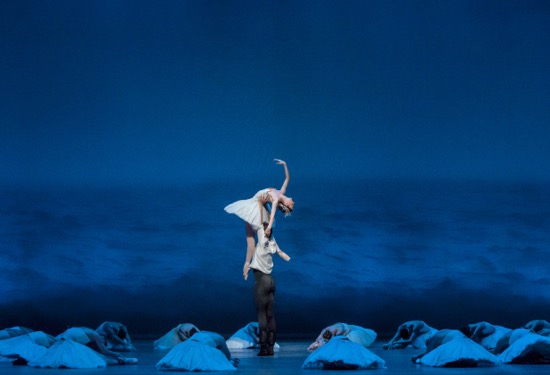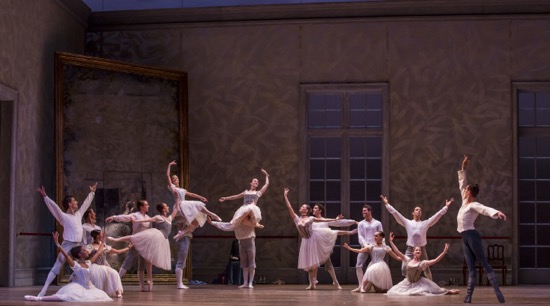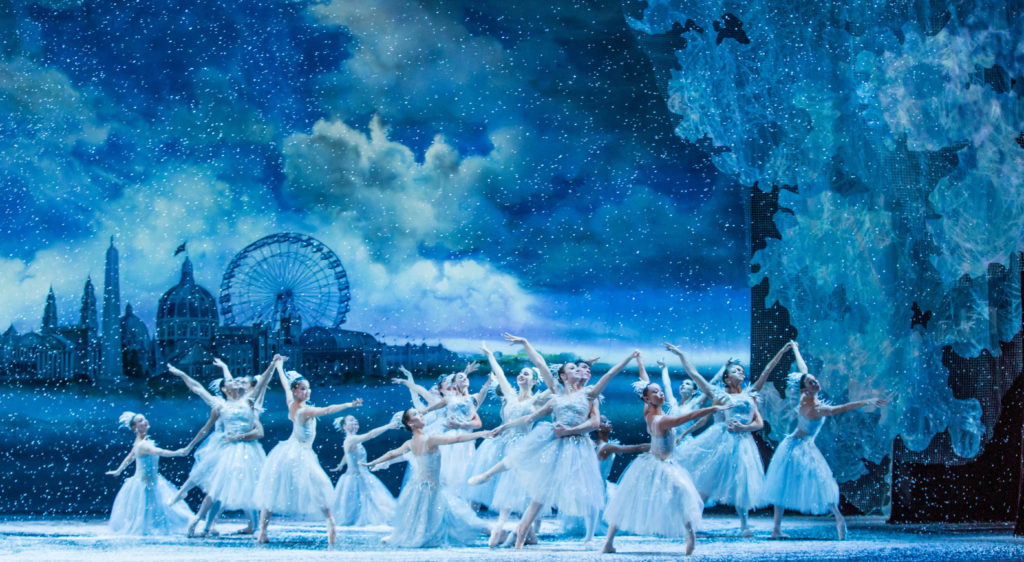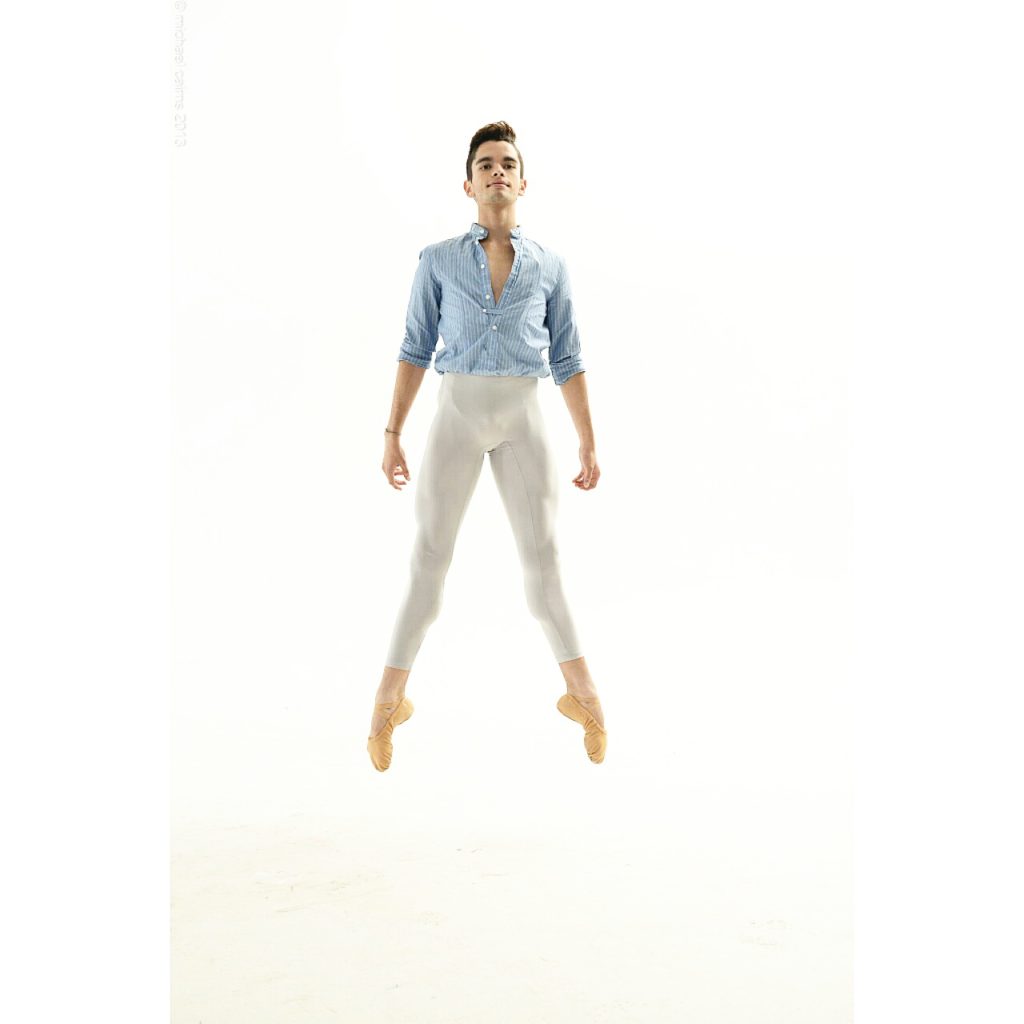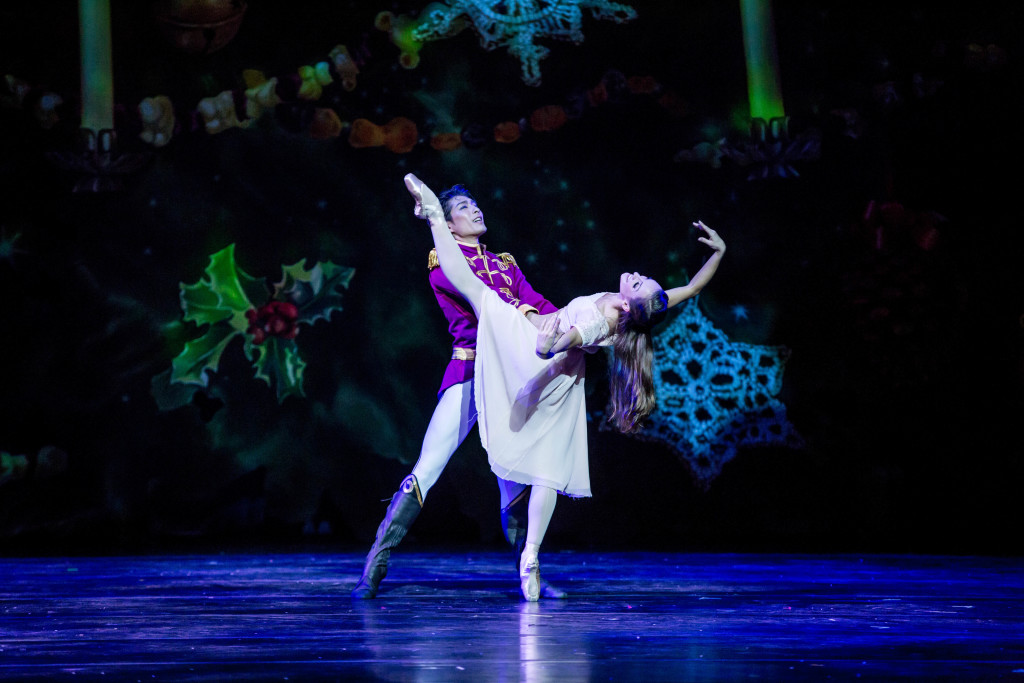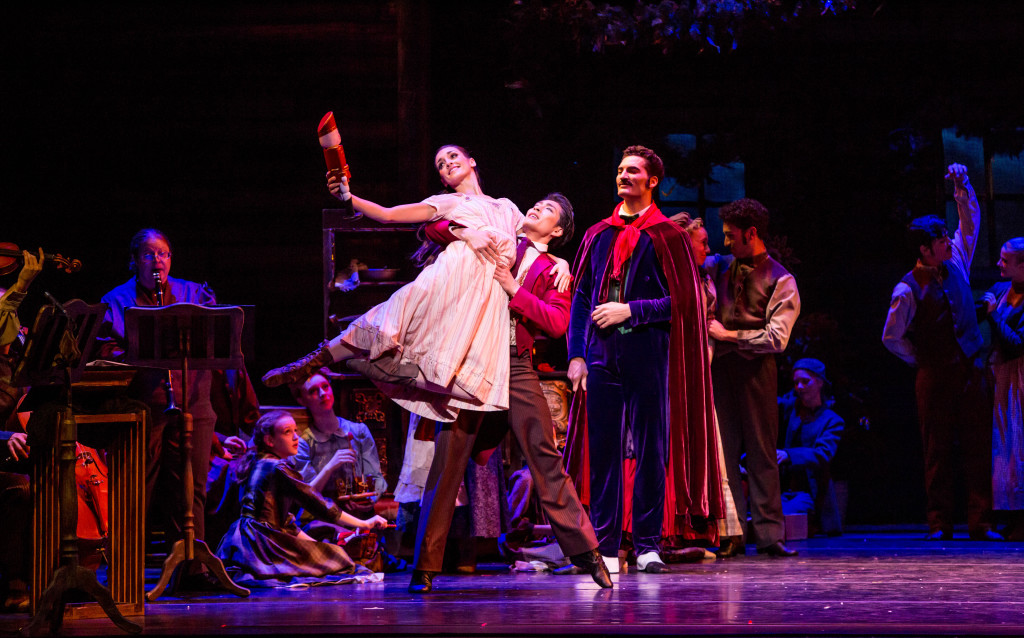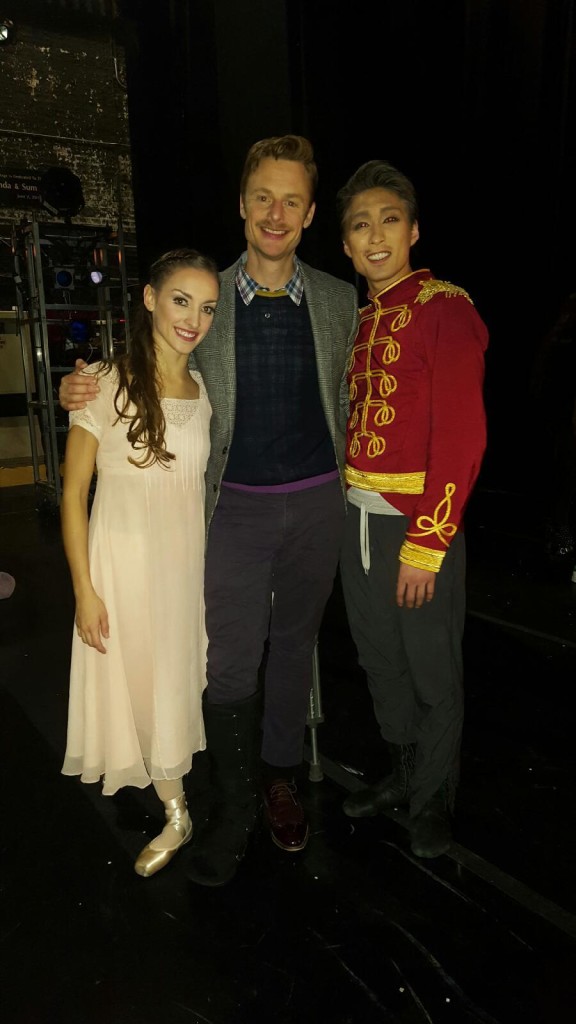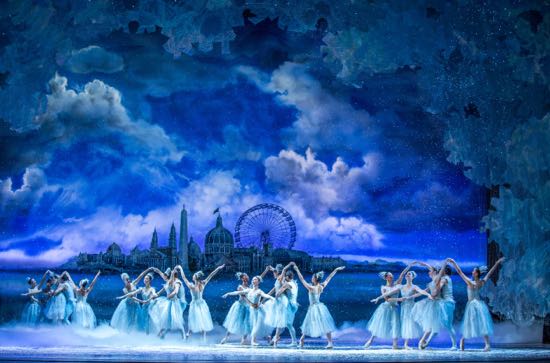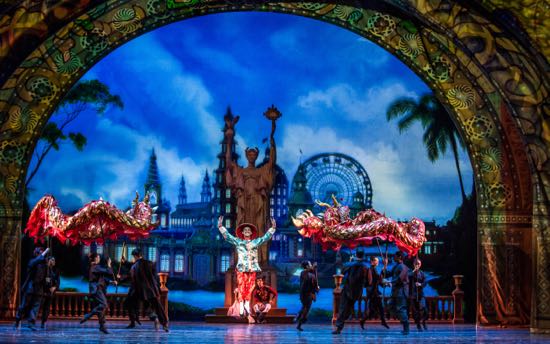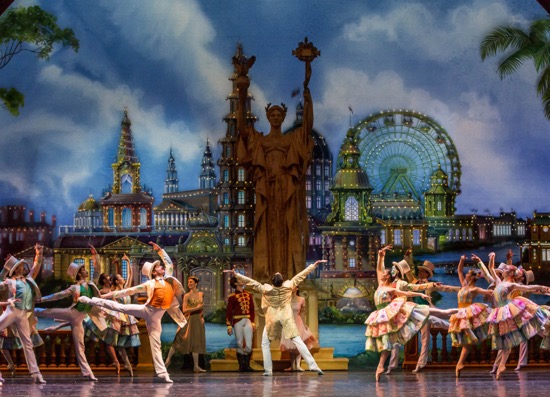
by Luis Gonzalez
The Joffrey Ballet’s version of The Nutcracker is set during the 1893 Chicago World’s Fair. The first act is set in December during the construction of the fair and before the grand opening. This setting includes immigrants from different ethnic backgrounds, low income families, and single mothers; people who are in unfavorable circumstances but work diligently to give themselves and their children a better future. Personally, this is my favorite part of the ballet because in terms of narrative, it’s the part with which I resonate the most. I also think it makes an important point to promote diversity in ballet and to give a new medium to a perspective that is often not included in classical ballet. The basic plot of the story still follows a parallel trajectory as the original, but important changes were made by the writer Brian Selznick which help make the traditionally opulent and arguably dated story resonate with the vibrant and culturally diverse city of Chicago.
My family came the United States from Colombia to give me and my siblings opportunities which might have been scarce in our own country. Latino’s are extremely family oriented and often form very strong and dependent bonds with family members. In my family we all lived within close proximity of each other and took every opportunity to celebrate that. Some of my favorite memories from growing up in Colombia are of long dining room tables where once every two weeks the entire family would gather at my grandmother’s house. Despite that, my parents still made the sacrifice of leaving their parents and friends behind for a better shot at their children’s dreams. I imagine the people in the first act of this ballet made similar sacrifices and experienced similar or even more complicated paradoxes in making those decisions.
I’ve danced six versions of The Nutcracker and every version had something different and special to offer. I remember my very first role was a party child. We were dressed in lavish Victorian clothes and I remember having a great time pretending to be someone else. I had just moved to the U.S. and, at my request, started dancing ballet. I didn’t speak English, and I didn’t fit in culturally, but I loved ballet and that was all that really mattered. I am grateful for every experience I’ve had with dance and for having dance in my life. At the time, dancing was the outlet I was granted to express myself and all of the difficulties that I experienced through trying to adjust to my new environment. The art form helped me through bullying in school, through figuring out my sexuality, through heartbreak…but think of how much more it could do if kids growing up today were dancing through stories to which they could relate.
This idea of diversity also extends to the impact that it has in ballets without a story. I personally know many dancers who left the art form altogether because of the frustration of not being able to see a body type, a skin color, or an ethnicity which resembled their own. Stories like this version of The Nutcracker make an effort to be inclusive and to show young kids that ballet is not only an artistic medium for people who look a certain way, but there are many prejudice notions and exclusive biases still in the ballet world which need to be addressed. Although ballet is an aesthetic art form in which the line that your body makes is an integral component of higher quality work, I also believe that you do not have to be born with the perfect conditions to learn how to make a beautiful line.
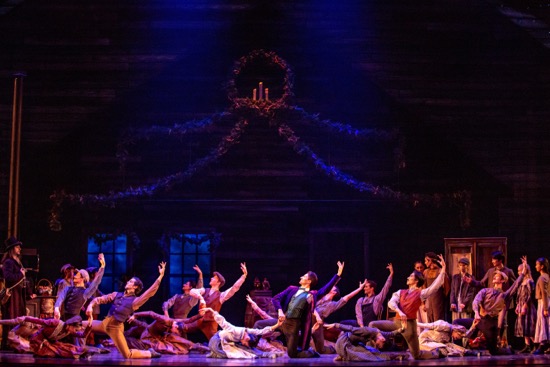
As an older dancer, one starts to understand that there is room in every character for personal interpretation and that you can pull from personal experience to enhance character development. As a child however, that kind of abstract thought is not often attainable. I look at the kids now that are in the children’s cast of Nutcracker, some of them immigrants or children of immigrants, and I feel so happy that they are in a version where they can see themselves directly reflected in the narrative of the story. They can ask questions about the story and maybe learn some things about how their ancestors helped shape the building blocks of the United States. They may not realize now how it affects their idea of normalcy, or the perception the hold of themselves and what they are capable of in the world now, but eventually I think they will look back and be grateful for having been a part of an artistic venture which strived to include the experiences and the influence that immigrants have had in this country.
I have always believed that art was a very powerful thing, and as with all powerful things, it is a double-edged sword. The arts have been historically used through centuries for many reasons; to celebrate a moment of joy, to maintain appearances, exert power, or just to give a medium of expression to whoever needed it. It may sound silly to say, but in many ways the people in control of art organizations still have power over the trajectory of people’s lives (especially that of developing young minds) and they must understand how that responsibility could be used for the better. As it was in my case, ballet could be one of the best gifts that a person ever receives, but I have also seen it have very negative effects on people’s concepts of self-worth, mental health, and just generally feeling excluded from something that they love.
The reason I think it’s important for us as dancers to start conversations about topics like these is because just like children are the future of the world, we are the future of dance leadership. Someday dancers in companies today will be in management positions in different capacities. Whether it’s the directorship of a company, a ballet master position, a choreographer, a teacher, or a school owner, there will be situations where we will have agency over situations that may seem small at the time. In those moments I think it will be important for us to remember how the arts have shaped our lives, and how different they might have been if we had not had them, as well as how negatively they have affected other people. Being mindful of biases and treating people with equity are integral parts of creating a more cohesive and progressive reality. Implementing these principles towards the leadership of the future can create an environment for people that capitalizes on the increase of gradience in the colors and tell stories both on and off the stage that unite us instead of divide us.
Mr. Gonzalez, is originally from Bogota, Colombia, where he grew up before moving to Atlanta, Georgia. His training came primarily from the continued direction of Maniya Barredo, former prima ballerina of Atlanta Ballet, and current director of Metropolitan Ballet Theatre. Mr. Gonzalez has received the Star Student award at Regional Dance America’s SERBA, been awarded 3rd place at the Regional Youth American Grand Prix competition in 2008, given first place pas de deux at the American Ballet Competition in 2013, and selected to compete as the only representative of Colombia in the 2014 Jackson International Ballet Competition.
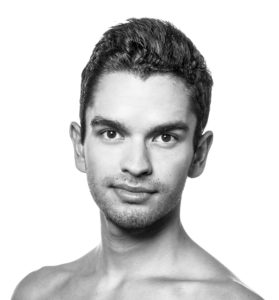
Mr. Gonzalez began his professional career with The Houston Ballet II, where he had the opportunity to dance works by Stanton Welch, among other renowned choreographers, as well as tour both nationally and internationally. At 18, he joined Orlando Ballet where he danced for three years and performed roles such as the Jester in Swan Lake, Peter in Peter and the Wolf, Ghoul’s trio in Vampire’s Ball, Franz’s friend in Coppelia, and Cavalier in the Sugar Plum Pas de deux in The Nutcracker.





